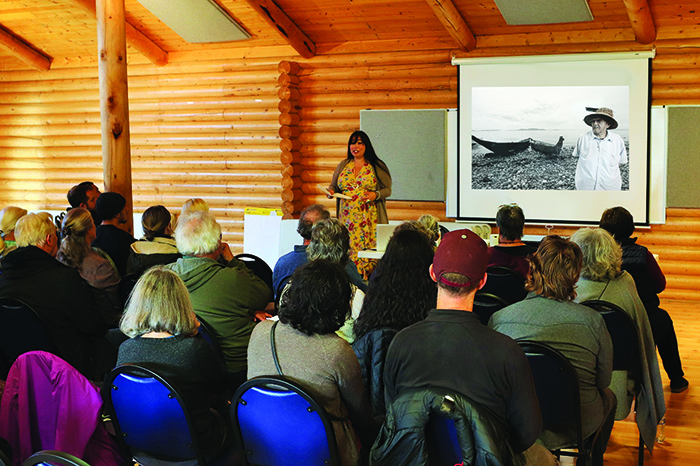
By Micheal Rios, Tulalip News. Photos by Matika Wilbur and Micheal Rios.
In 2012, Tulalip tribal member and visual storyteller Matika Wilbur sold everything she owned in her Seattle apartment and invested the proceeds into a vision: to unveil the true essence of contemporary Native issues, the beauty of Native culture, and the magnitude of tradition. Her vision’s name? Project 562.
Reflecting her commitment to visit, engage, and photograph all 562 federally recognized Native American tribes (in 2012), Project 562 reveals a name that serves to both inspire and educate.
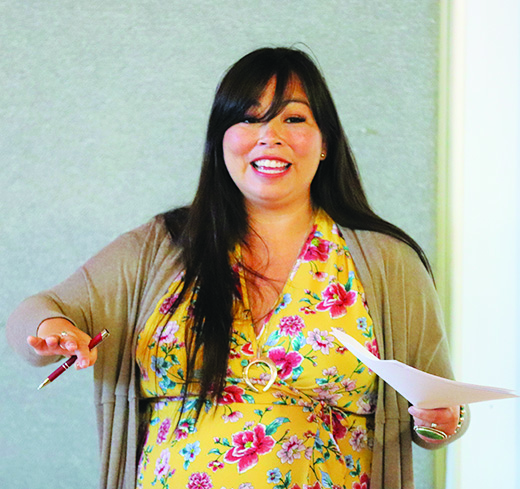
“While teaching at [Tulalip] Heritage High School and attempting to create a photography curriculum with a narrative that our children deserve, I found an outdated narrative,” she recalled. “It’s an incomplete story that perpetuates an American historical amnesia. It’s a story that’s romantic, dire and insatiable…it’s the story of extinction.”
Matika points out the extinction theme often associated with Native America is easily perceived by doing a quick Google Images search. If you search for ‘African American’, ‘Hispanic American’ or ‘Asian American’, then you’ll find images of present day citizens who represent each culture. You’ll see proud, smiling faces and depictions of happy families.
But if you search for ‘Native American’ the results are very different. You’ll see mostly black and white photos of centuries old Natives who are “leathered and feathered”. Making matters worse, you’ll also find more images of white people wearing headdresses than of modern day Native families.
“All of these images and misconceptions contribute to the collective consciousness of the American people, but more importantly it affects us in the ways that we imagine ourselves, in the ways we dream of possibility,” explained Matika.
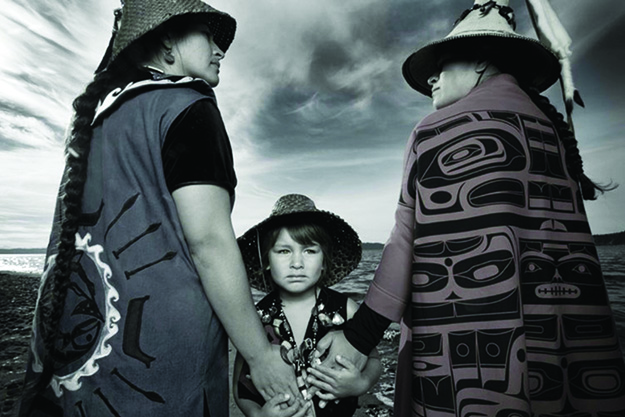
And so began her 7-year journey to photograph and collect stories of contemporary Native citizens from tribes all across the United States. As her photographic portfolio continued to expand, so too did her realm of possibilities.
Project 562 has driven her to travel hundreds of thousands of miles, many in her RV dubbed ‘the Big Girl’, but also by horseback, train, plane, boat and on foot across all 48 continental states, Hawaii, deep into the Canadian tundra and into Alaska. The number of federally recognized tribes has risen to 573, according to the Department of the Interior, since the inception of her vision back in 2012, but that fact is just superficial.
Presently, the now 35-year-old Matika has come to realize that Indigenous identity far surpasses federal acknowledgement. There are state-recognized tribes, urban and rural Native communities, and other spaces for Indigenous identity that don’t fall under the U.S. government’s recognition. Astonishingly, she estimates she has photographs that represent about 900 different tribal communities.
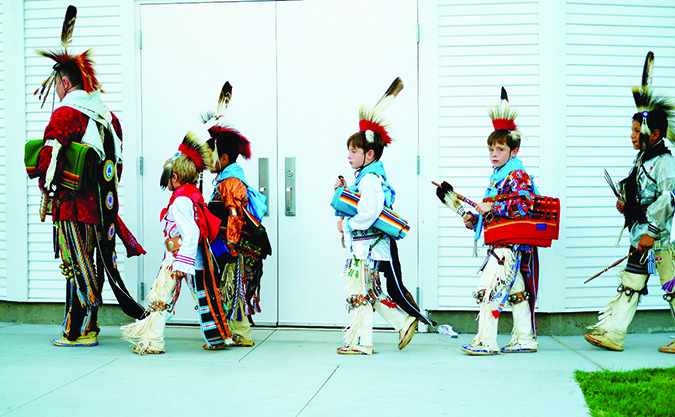
In a respectful way, Matika has been welcomed into hundreds of tribal communities, and she has found that people support the project because they would like to see things change. Conversations about tribal sovereignty, self-determination, wellness, recovery from historical trauma, decolonization of the mind, and revitalization of culture accompany the photographs in captions, videos, and audio recordings.*
“For the past six-years I’ve been sojourning in my big girl. It’s been a whirlwind of a journey, an amazing experience!” beamed the Tulalip photographer who routinely has her brilliant images displayed in museum galleries and college campuses across the nation.
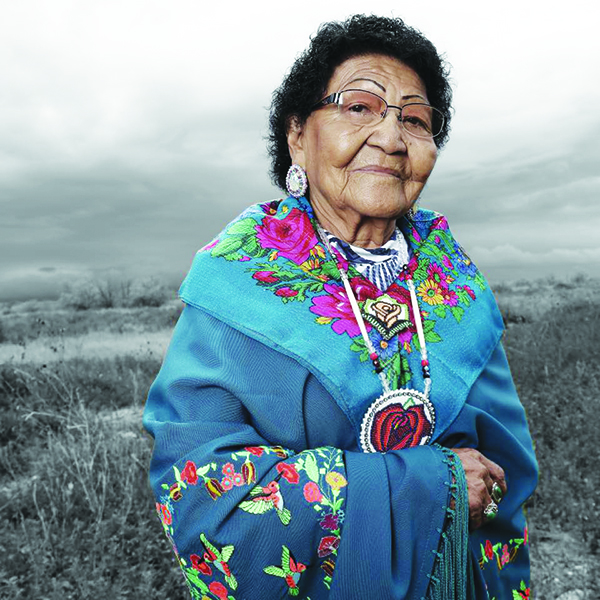
“I started in Washington and worked my way south through Oregon, California, Arizona, and New Mexico,” she detailed. “I went to all the pueblos, so many places in Navajo Nation, then down to the south and into the bayou. I continued on to the Everglades and then all the way up the East coast into Haudenosaunee country where I learned about the Great Law. I then zig-zagged across through the country until finally making it up to Alaska. Now, I am back home.”
She’s returned with an unprecedented repository of imagery and oral histories that accurately portray present-day Native America. Project 562 will ultimately culminate as an awe-inspiring hardcover, series of exhibitions and online resources filled with a dynamic variety of proud Native Americans telling their stories their way. But until that long-awaited day comes, Matika gave adoring fans and devote followers of her project a glimpse into her 7-year journey during the first weekend of October. From October 3 – 5, she held a four-part project preview at Northwest Indian College, Ferndale Library, Nooksack Community Building and the Deming Library.
The Project 562 creator spoke passionately at each venue while sharing stories about overcoming historical inaccuracies, stereotypical representations, and silenced Native American voices in mass media. She shared about meeting one of her real life heroes John Trudell, being at Standing Rock during the 2016 Dakota Access Pipeline protests, and offered powerful stories detailing Native citizens from around the nation rising up from racism and injustice to create a better world for themselves and future generations.
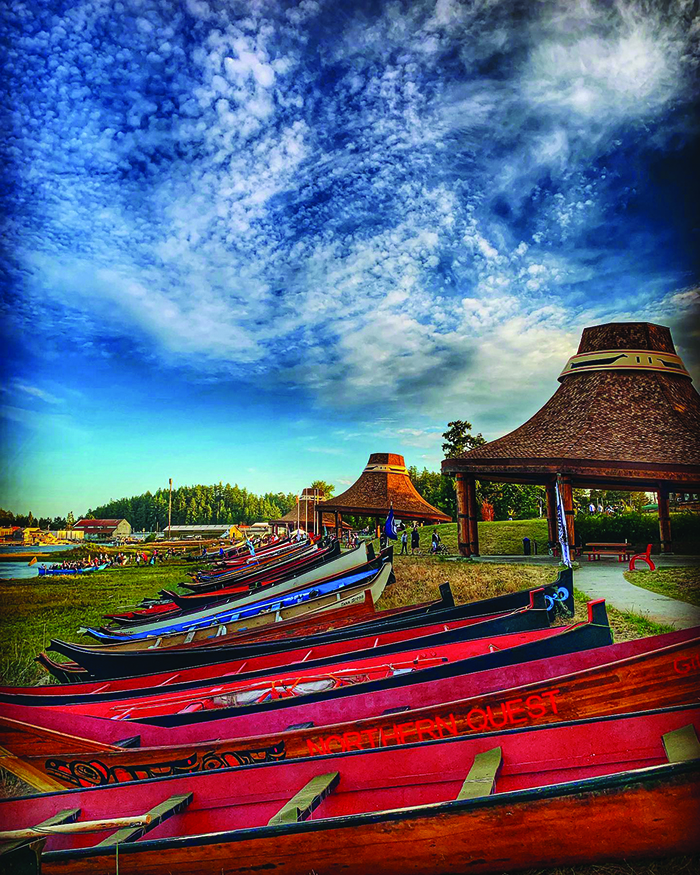
“If I’m here to bring a message at all, it’s the message that Indian Country is alive and well,” said Matika during her NWIC presentation. “It’s the message of hope and resiliency. It’s the story of Indigenous intelligence.
“There are still Ghost Dances, Sun Dances and long houses filled with songs and traditional medicines. Our story is worth knowing, telling, and inspiring one another with. Because doing modern things while gathering and encouraging the collective consciousness to uplift Indigenous intelligence is the only pathway forward. That is the dream.”
*Source: matikawilbur.com